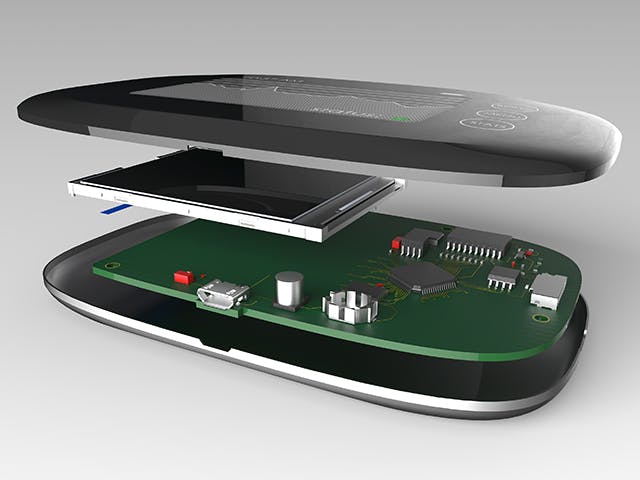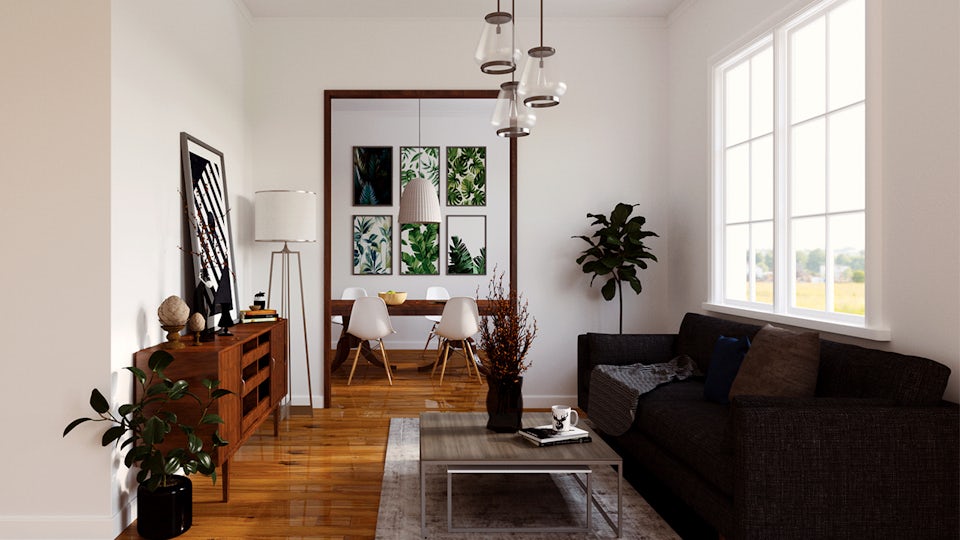3D VISUALIZATION SDK
Iray+ Software Developer Kit
Create stunning photorealistic scenes in your software applications using Iray+, a rendering toolkit for integration into CAD and 3D design applications.

Why Iray+?
Enable your customers to generate stunning photorealistic scenes at the click of a button.
Iray+ is our high-end 3D visualization SDK (Software Developer Kit) that enables you to rapidly deliver new and improved applications with more powerful rendering performance.
Developed by leading visualization experts, Iray+ is integrated into 3D modeling applications across many industries to deliver a seamless visualization workflow, without the need for end-users to develop expertise in rendering.
Showcase your best designs with photorealistic images and videos, including physically-based lighting and materials. Iray+ is a mature solution that builds on original Iray technology from NVIDIA to provide all the features you need to achieve great results.
See what's included
Cadalog

CAD software developer and distributor uses Iray+ to provide realistic light and shadow distribution
Company:Cadalog
Location:Bellingham, Washington, United States
Stay connected with PLM Components
Read the blog
Gain new perspectives on PLM Components and the PLM market in general.